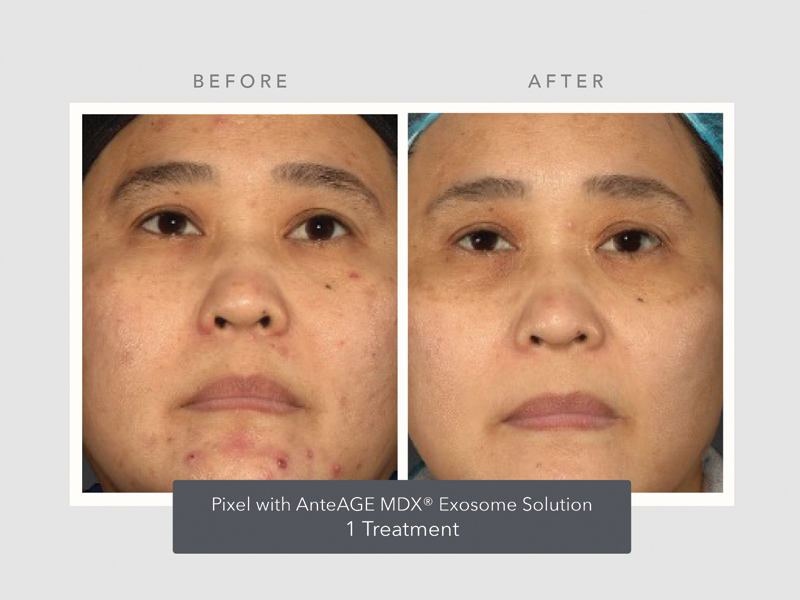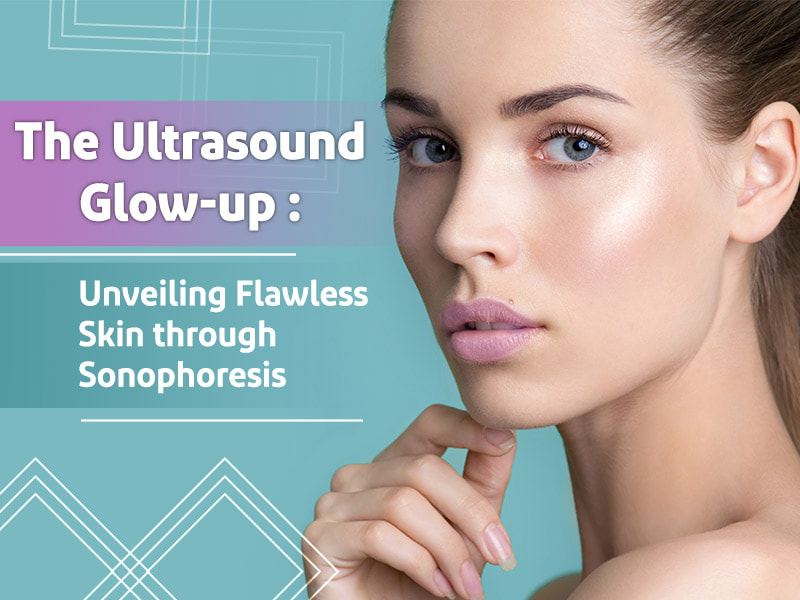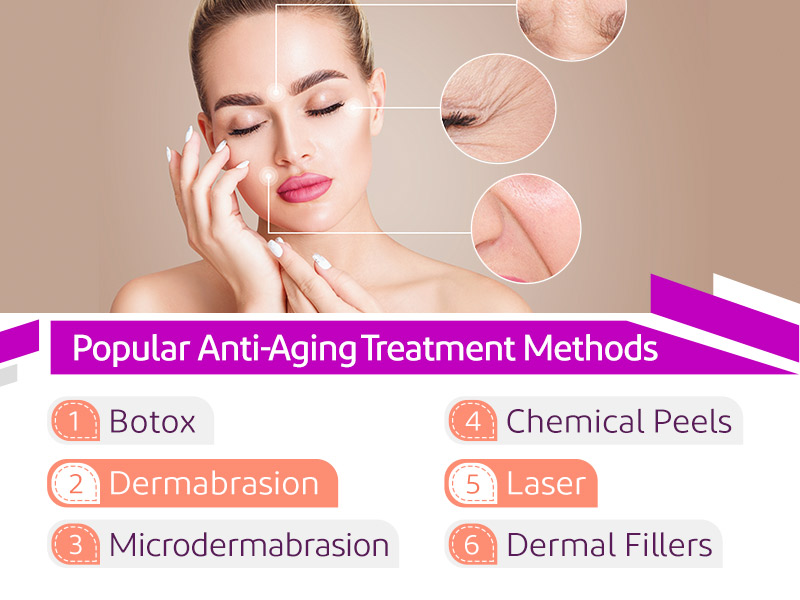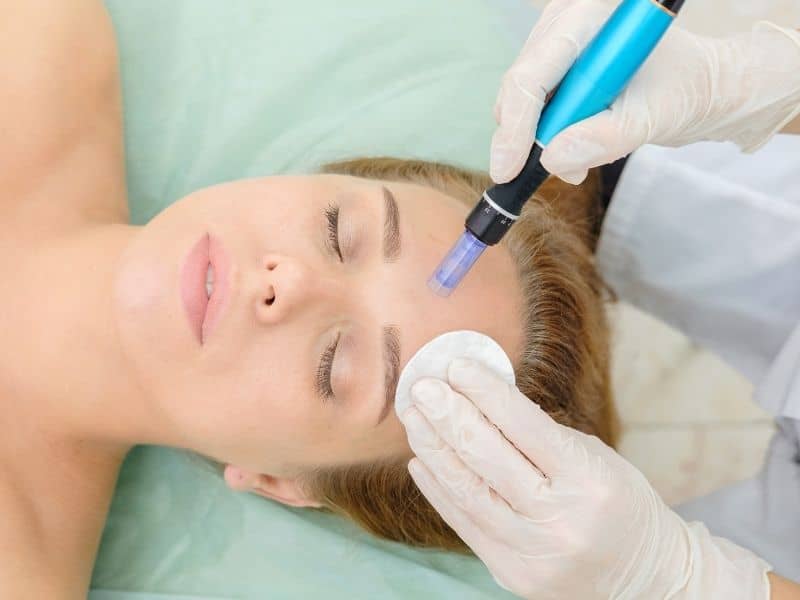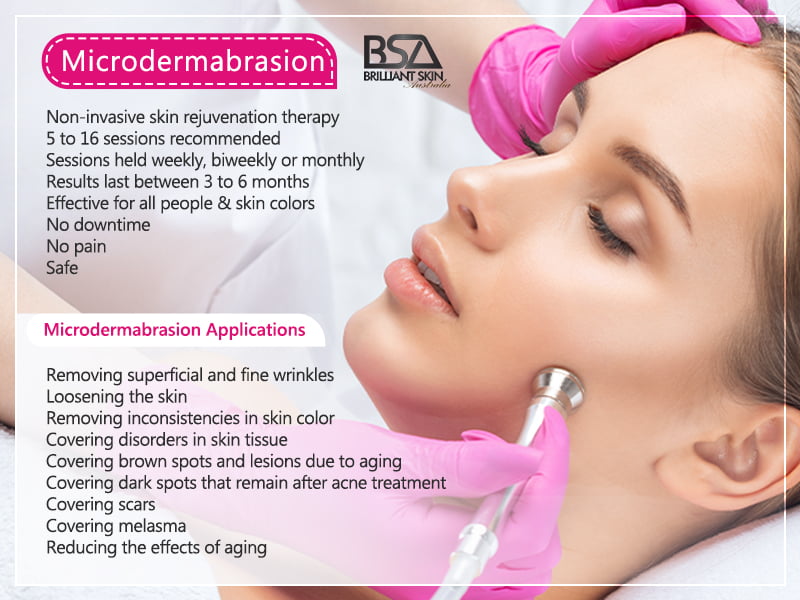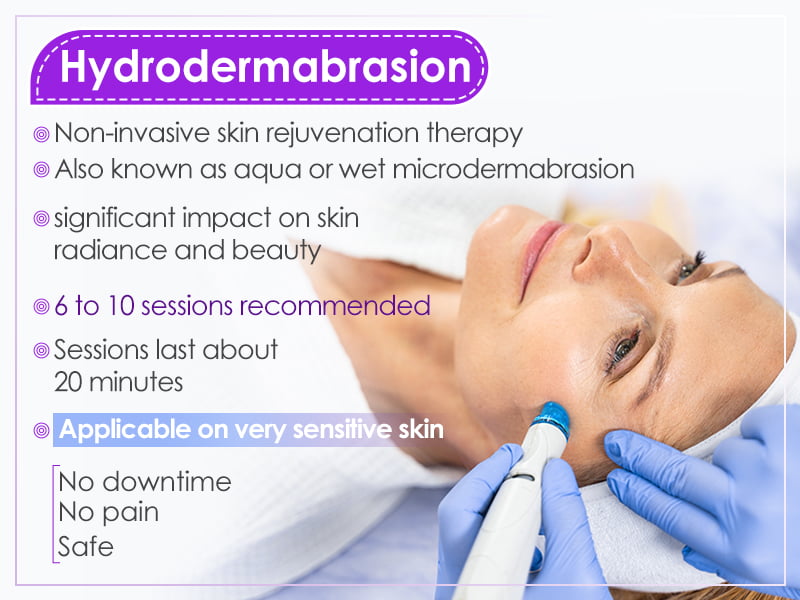LED Therapy: Benefits, Side Effects & Results
- Updated October 21, 2023
- by Honey Seida
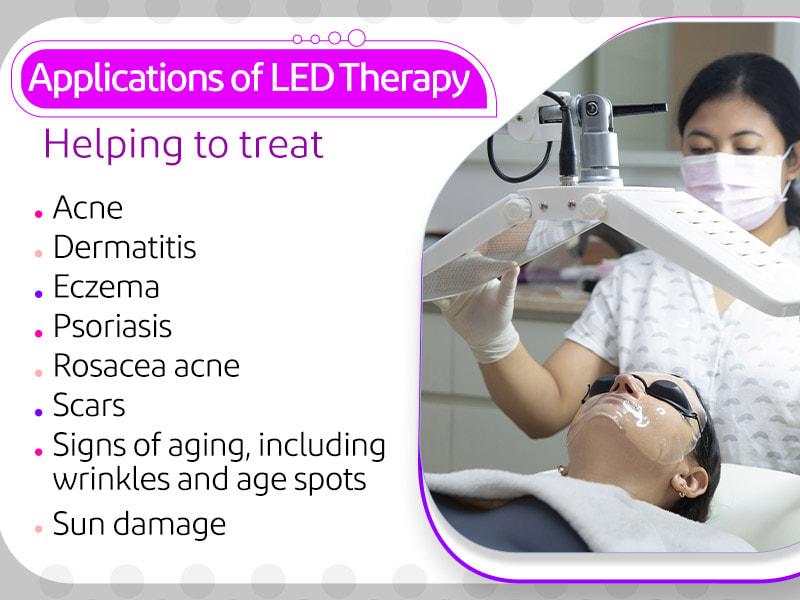
The pursuit of flawless and radiant skin has led to the development of numerous innovative skincare treatments. Among these, LED (Light Emitting Diode) treatment has emerged as a non-invasive, effective, and safe method to enhance the complexion and address various skin concerns.
What Is LED Therapy?
LED therapy, light therapy, or phototherapy is a skin rejuvenation method that exposes the skin to visible light at different wavelengths and improves many skin problems and conditions. This light penetrates the skin without causing any wounds, unlike laser therapy, which creates small, controlled scars to regenerate the skin.
This technology was first used by NASA to grow plants in space. LED therapy was later used to treat wounds. LED light therapy is currently used by cosmetologists to help regenerate aging skin. It is also used to treat acne.
While LED therapy can be done on its own, it is often used in combination with other treatments. LED treatment combined with laser treatments, chemical peels, and microneedling is very effective and increases the speed of recovery by killing bacteria, reducing inflammation, and enhancing the healing process.

Decoding LED Treatment: Harnessing the Power of Light
LED treatment is a non-invasive skincare procedure that uses different wavelengths of light to stimulate skin cells and address a range of concerns. These wavelengths are usually in the visible light spectrum and are chosen based on their specific therapeutic effects.
Facial LED Therapy
Although LED therapy can be used on all areas of the body, it is more applicable to the face. Facial skin is more exposed to environmental factors, so it suffers more damage. LED therapy is also used for the neck and arms, which show more signs of skin aging.
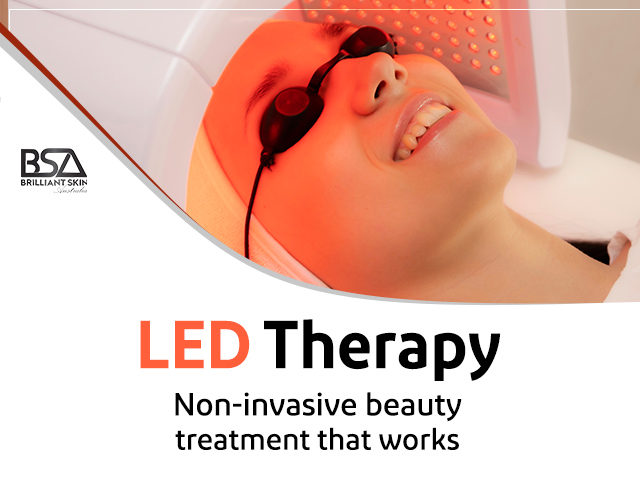
Applications of LED Therapy
LED light therapy can help to treat a variety of skin problems. These problems include:
- Acne
- Dermatitis
- Eczema
- Psoriasis
- Rosacea
- scars
- Signs of aging, including wrinkles, and age spots
- Sun damage
- Other inflammatory skin diseases
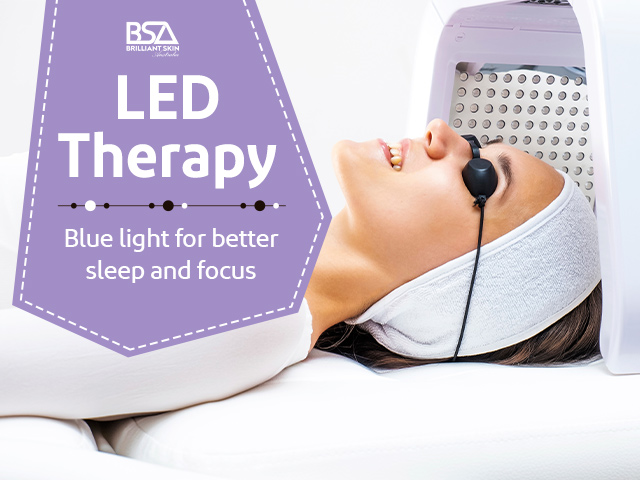
Benefits of LED Therapy
- LED therapy is a very gentle treatment that does not damage the skin in any way. LED phototherapy, compared to other anti aging treatments such as chemical peels, dermabrasion, and laser therapy, does not cause burns.
- It is safe. LEDs do not contain ultraviolet light, so they are safe to use regularly, unlike other phototherapies.
- It is painless and does have any downtime.
- It is suitable for all skin types.
- It is convenient. Each LED treatment session lasts only 20 minutes. This process lasts for up to 10 weeks, after which sessions are limited to once every few months.
- Having LED therapy regularly can improve your skin over time, but you must continue your treatments to maintain results.
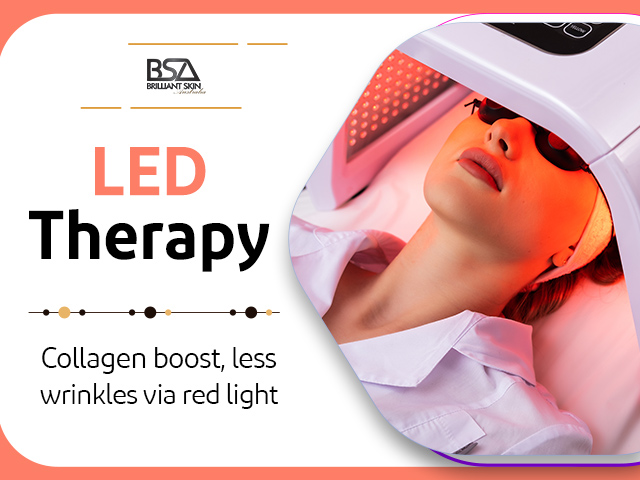
LED Therapy Lights
LED therapy often uses red or blue light, although you may also experience yellow or green light. Each wavelength penetrates a different depth of the skin, and more than one color can be used in each treatment session.
|
LED Therapy Light Colour |
Benefits |
Applications |
| Red Light | - Stimulates collagen production - Partially heals stretch marks |
- Reduces lines, wrinkles, and sun damage - Reduces redness after IPL and laser treatment |
| Blue Light | - Antibacterial | - Relieves skin inflammation - Helps eliminate acne by destroying Porphyrins (present in acne bacteria) |
| Green Light | - Brightens the skin - Balances skin pigments |
- Treats freckles and sunburn - Relaxation for the skin, calming the mind and body |
| Yellow Light | - Increases wound regeneration and healing | - Reduces fine lines - Increases blood flow to the skin |
LED Therapy for Acne
LED treatment is the best and most effective way to remove acne.
Does LED therapy work for acne?
LED therapy is a treatment that uses low wavelength red light to improve your skin's appearance by reducing wrinkles, scars, redness, and acne.
Is Blue or Red Light Better for Acne?
Combining red and blue light LED therapy treats acne more efficiently than blue or red light alone: as blue light destroys the acne-causing bacteria beneath the skin's surface, the red light reduces inflammation and accelerates healing.
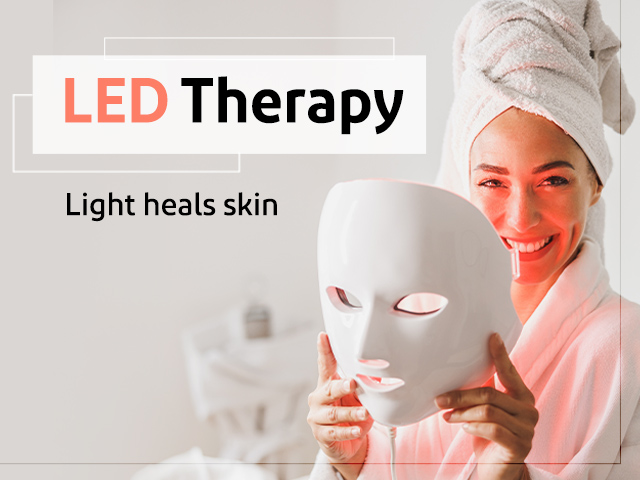
LED Therapy Results
LED therapy typically lasts 20 minutes per session, with 6 to 10 sessions recommended for desired results.
LED treatment can be performed on the face, neck, and chest using either a device filled with LED lights or a handheld device/LED therapy mask. Different colored lights are used based on specific skin problems. Results are immediate but last for 6 months to a year, requiring repeat treatments. Sun protection is advised.
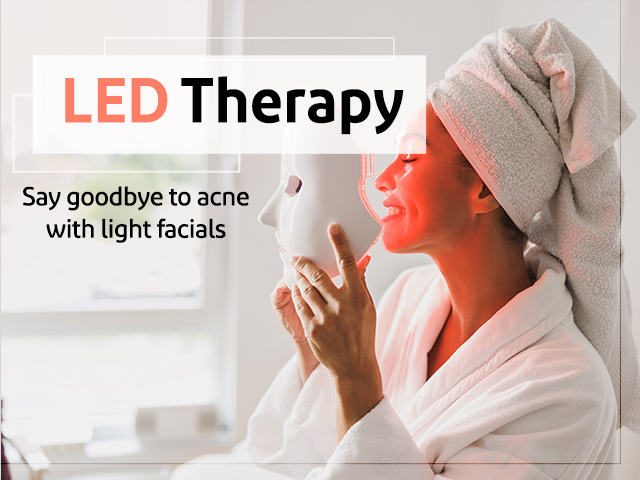
How Long Does LED Therapy Take to Work?
Your skin will look brighter immediately after treatment, but you will need more than one LED therapy session to see the desired results. Typically, 6 to 10 sessions of treatment with an interval of one to two weeks in between are recommended. When your treatment sessions are over, the results will last for six months to a year. You will then need to repeat the treatment. Remember to stay out of the sun as much as possible and use sunscreen.
Side Effects of LED Therapy
LED therapy is generally safe with minimal side effects like inflammation and redness. However, it may not be suitable for individuals using Accutane, taking medications that increase light sensitivity, or experiencing hives/skin allergies.
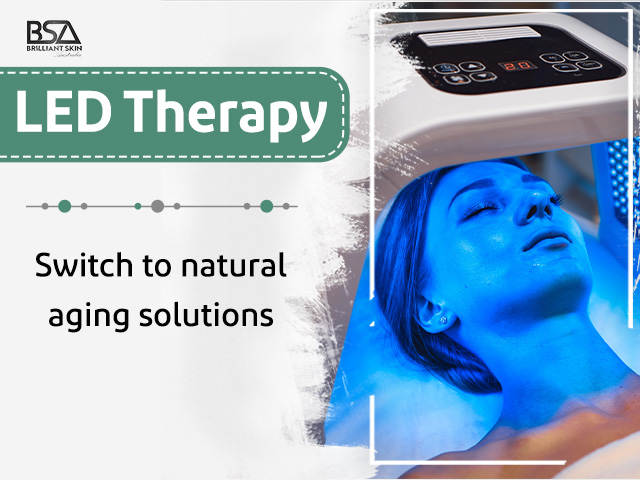
LED Therapy Contraindications
In general, LED therapy is known as a safe and secure method. Since this method does not involve UV rays, it does not leave any side effects in the long run. Especially If your skin is dark or sensitive, LED therapy is usually recommended by experts. Unlike some methods such as laser therapy, LED therapy does not burn the skin, does not darken its complexion, and does not cause pain.
However, in some cases, LED therapy may not be appropriate for some individuals:
- If you are using Accutane to treat acne, be aware that this powerful drug, which is a derivative of vitamin A, may increase your skin's sensitivity to LED therapy.
- Do not have LED therapy if you are taking medication or skin care products that increase the skin's sensitivity to light.
- If you have recently experienced hives and skin allergies, it is better not to do LED therapy.
- If you have chosen LED therapy to treat psoriasis, it is best to consult your doctor first. A red light may be helpful for you, but only if you follow other prescribed treatments.
Before and After LED Therapy
Points to be considered before and after LED treatment.
Before LED Therapy
- Each LED session is 20 minutes. You will be wearing protective glasses to prevent eye damage.
- Be sure to remove all makeup before LED light therapy, whether at home or at a beauty center.
After LED Therapy
- LED therapy is a non-surgical treatment with no required recovery time.
- Initial results may be seen after the first few sessions, but the main results appear gradually over the course of the recommended sessions.
- Some results may be temporary as skin cells constantly regenerate, requiring periodic treatments.
- LED therapy at home may be less effective than in beauty centers due to lower frequencies used.
- It is important to follow the instructions in the device catalog when performing LED therapy at home.
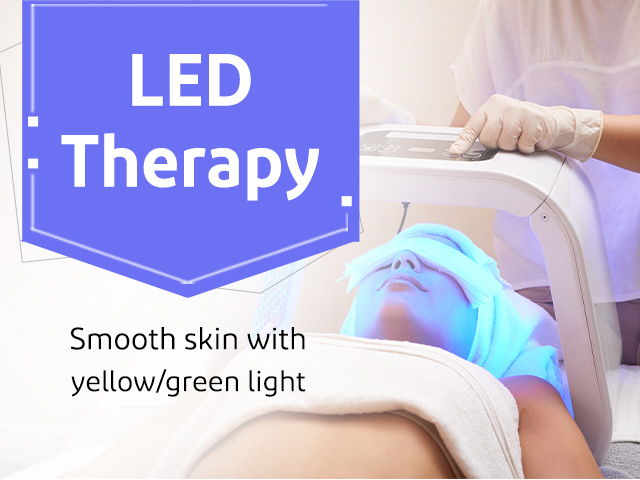
Final Word
LED therapy is a painless treatment where specific wavelengths of light are applied to the skin. It stimulates collagen production, treats acne, improves blood flow, and reduces pore size. It is often combined with other skin therapies for enhanced results.
LED therapy is usually combined with other skin therapies to create an ideal overall treatment. After microdermabrasion, skin peeling, cosmetic injections (fillers, etc.), LED therapy is used to improve the treatment process and make the treatment more effective and increase skin blood flow.
LED Therapy FAQ
Can LED therapy be done at home?
A home device can provide you with the benefits of LED therapy, although the results are not comparable to those you get in a clinic. It is best to consult a dermatologist before starting treatment with a home device to determine the best device and treatment plan to improve your skin problems.
Does LED light therapy actually work?
Research has shown that LED therapy can have a significant effect on wound healing, as well as other injuries and skin problems. In the past, LED therapy was used only to help heal wounds. This method resulted in a 40% improvement in musculoskeletal and skin injuries. Later this method, he entered the world of fashion and beauty and was able to cure psoriasis, acne, blemishes, and many other skin problems.
What are the uses of blue and red light for skin?
The two main color spectrums of LED therapy are red and blue, but each of these colored lights has a separate therapeutic application for the skin. A photo therapist uses blue or red light frequencies based on your skin problem. Red is primarily used for its anti-aging properties, and blue is most commonly used to treat acne.

